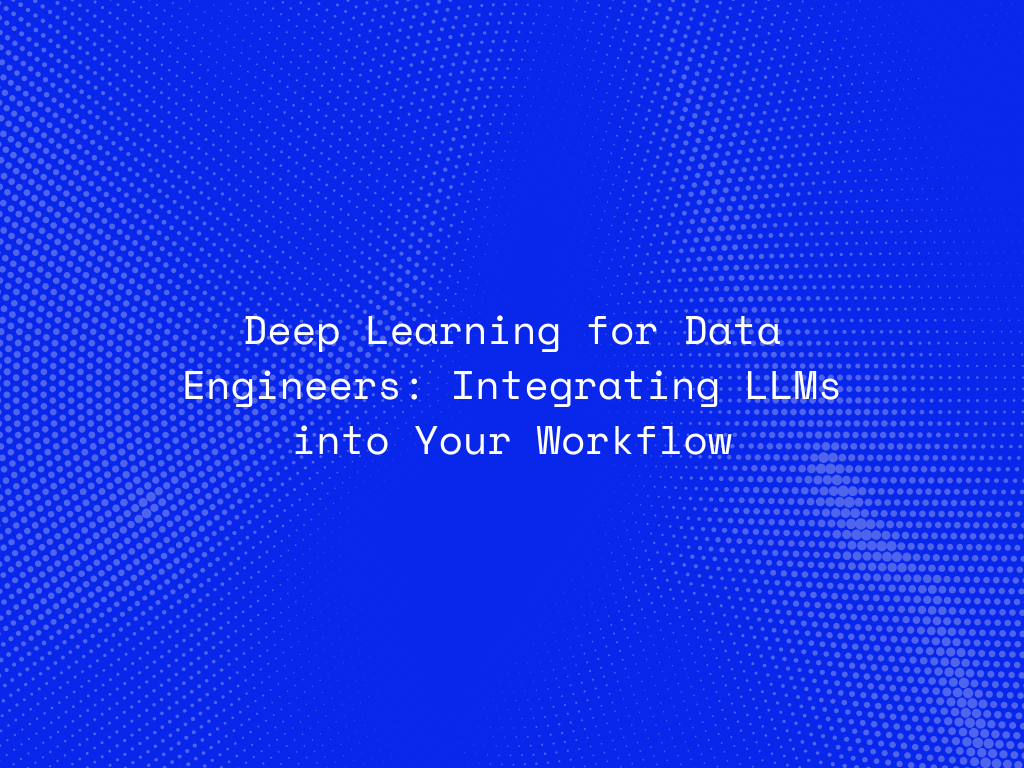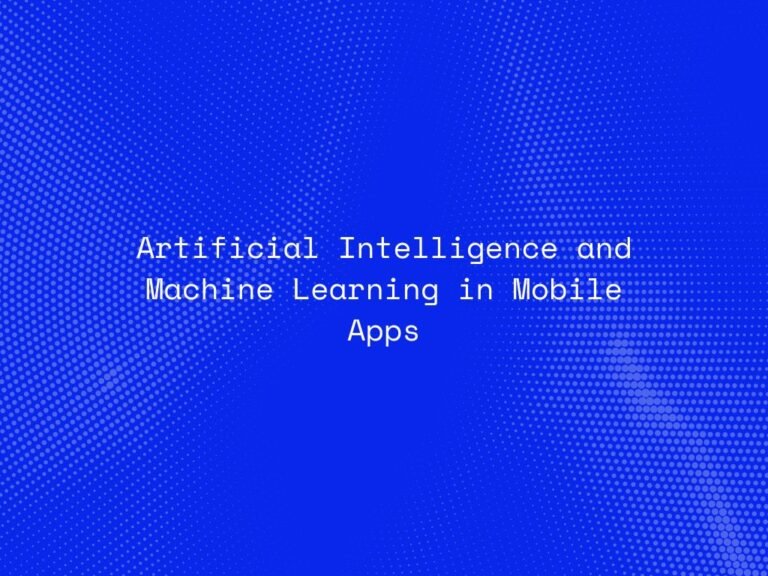In the age of artificial intelligence, data engineers are increasingly tasked with designing workflows that leverage advanced machine learning models. Among these models, Large Language Models (LLMs) have emerged as a transformative tool, offering capabilities ranging from natural language processing to automated decision-making.
For data engineers, integrating LLMs into data pipelines represents an exciting opportunity to unlock new insights and enhance operational efficiency. This blog explores how LLMs can be seamlessly incorporated into your workflow, the benefits they bring, and practical strategies for implementation.
Why LLMs Matter for Data Engineers
LLMs like GPT-4 and similar models have revolutionized the way machines understand and generate human-like text. Their applications span across industries, from automating customer support to enabling sentiment analysis and predictive analytics.
For data engineers, the significance of LLMs lies in their ability to:
- Process and analyze unstructured data: Textual data, social media posts, logs, and documents can now be easily transformed into actionable insights.
- Automate repetitive tasks: Tasks such as data categorization, summarization, and tagging are streamlined.
- Enhance decision-making: LLMs provide contextual recommendations and insights, aiding in data-driven strategies.
Steps to Integrate LLMs into Your Workflow
1. Identify Use Cases
Start by pinpointing areas where LLMs can add value. Common use cases include:
- Text Classification: Organizing unstructured data into predefined categories.
- Sentiment Analysis: Gauging public opinion or customer feedback.
- Data Augmentation: Generating synthetic data to improve model performance.
- Automated Reporting: Summarizing complex datasets into human-readable reports.
2. Choose the Right LLM
Selecting an appropriate LLM depends on your requirements. Key considerations include:
- Model Size: Larger models are more accurate but require more computational resources.
- Training Data: Opt for models trained on diverse datasets for general applications or fine-tune a model for domain-specific tasks.
- Latency and Scalability: Ensure the model can handle your workload efficiently.
3. Integrate LLMs into Pipelines
Incorporate LLMs into your existing workflows by:
- APIs: Many providers, like OpenAI, offer APIs for easy integration.
- Custom Deployment: Host LLMs on cloud platforms or on-premises for greater control.
- Middleware Tools: Use platforms like Hugging Face to streamline integration.
4. Optimize Data Preprocessing
Clean, structured input enhances LLM performance. Steps include:
- Removing irrelevant data.
- Tokenizing text for consistent formatting.
- Annotating data for fine-tuning.
5. Monitor and Evaluate
Continuously evaluate the LLM’s performance using key metrics like:
- Accuracy and precision.
- Latency and throughput.
- User feedback on outputs.

Benefits of LLM Integration
1. Enhanced Productivity
LLMs automate mundane tasks, allowing engineers to focus on complex problem-solving and system optimization.
2. Improved Data Insights
With LLMs, unstructured data becomes a goldmine of actionable intelligence, enriching decision-making processes.
3. Scalability
LLMs adapt to growing data volumes, enabling scalable solutions that evolve with your business needs.
4. Cost Efficiency
By automating labor-intensive processes, LLMs reduce operational costs over time.
Challenges and Best Practices
1. Computational Resources
Challenge: LLMs demand high computational power, which can strain resources.
Solution: Use cloud-based solutions or optimized models like DistilGPT for cost-effective deployment.
2. Data Privacy
Challenge: Sensitive data shared with LLMs may lead to privacy concerns.
Solution: Implement strict data anonymization and choose providers with robust security policies.
3. Bias in Outputs
Challenge: LLMs trained on biased datasets may produce skewed results.
Solution: Fine-tune models on diverse and representative datasets.
4. Model Interpretability
Challenge: LLMs are often viewed as “black boxes.”
Solution: Use explainable AI tools to interpret and validate model decisions.
Future of LLMs in Data Engineering
The integration of LLMs into data engineering workflows is just the beginning. Emerging trends include:
- Real-Time Processing: Advanced LLMs capable of handling streaming data for real-time insights.
- Hybrid Models: Combining LLMs with traditional machine learning models for comprehensive solutions.
- Edge Deployment: Running LLMs on edge devices to bring intelligence closer to data sources.
- Cross-Domain Applications: Leveraging LLMs in combination with other AI disciplines like computer vision and reinforcement learning.
Conclusion
LLMs represent a paradigm shift in data engineering, empowering professionals to derive deeper insights and automate complex tasks. By strategically integrating LLMs into your workflow, you not only enhance operational efficiency but also position yourself at the forefront of AI-driven innovation.
As the capabilities of LLMs continue to evolve, so too will their applications in data engineering. Embracing this technology today ensures you remain competitive in the data-driven world of tomorrow.




